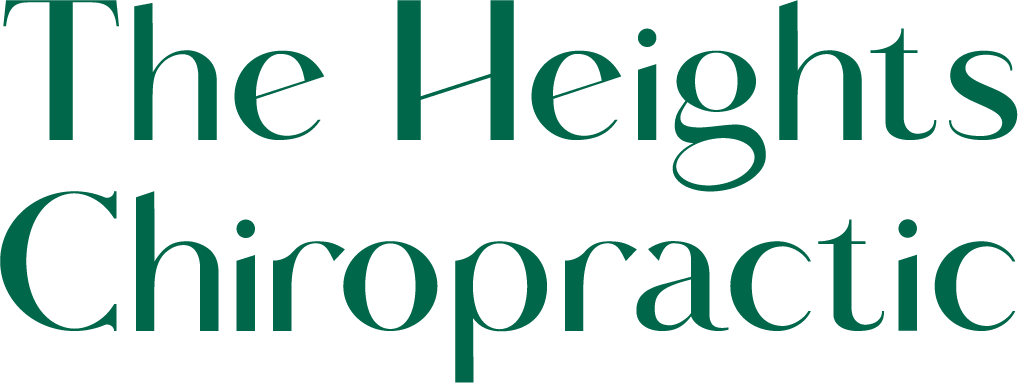Psoas, So What?
To understand the true implications of a tight Psoas muscle, it is necessary to look at the isolated anatomy image of it, which I have below. This muscle is commonly the hidden culprit for many low back issues, sacroiliac dis-balances, and hip tension. It is shortened and tight in individuals that flex their hips often and stay that way: meaning, anyone who sits at a desk all day, teaching several classes in cycling, commutes 2+ hours a day, or is constantly in a hunched position for breastfeeding. The Psoas muscle, as you see below, is a muscle that originates along the T12-L4 vertebral bodies and inserts on the lesser trochanter of the femur. In simpler terms, it connects your low back to your hip, running along the ilium.
So What?
As a chiropractor, I have many patient’s who need to alter how they sit and stand while at work, and we work on corrective exercises for overall posture. Including stretching out commonly tight muscles, such as the Psoas. Most people, even those outside the realm of office worker, will benefit from stretching this muscle.
As our major hip flexor, many conditions can result from it when it gets tight. Because it is such a deep and complex muscle, it is commonly overlooked. Many conditions can arise from it:
low back pain
sciatic symptoms
radiculopathies
disc issues
hip popping
persistent sacroiliac misalignments
Any of these sound familiar? By doing a simple stretch, you will be able to target this muscle and work towards lengthening it, which will in turn relax its hold on vertebrae, femur, and ilium. This will allow greater mobility of the joints, and minimize stresses on the spine and the nerves exiting at that level (which in large part are the sciatic nerve roots!).
A stretch I commonly teach is a lunge. Depending on how flexible you are, you may need to widen your stance into a full lunge.
Others do well stretching the Psoas in Pigeon Pose, a common yoga move, shown below.
With both stretching positions, you have the ability to get up from the desk, step out of the car, and take a few minutes to stretch each side. This is healthy to do 2-3 times a day, taking as many breaks as you can. Hold each pose for 30sec to 1min and focus on breathing deep into it.
The greatest benefit is bringing this into your stretching routine as you are getting adjusted by a chiropractor. While realigning the spine with corrective chiropractic care, you are able to retrain the muscles to create stability and lasting results.
Happy Healing!
Dr. Katherine McCarty, D.C.



